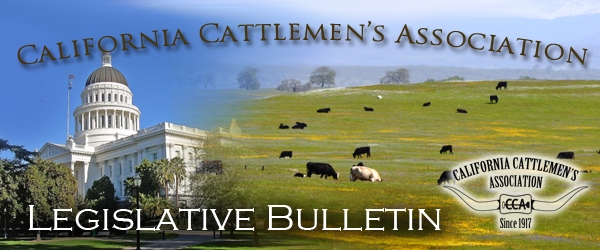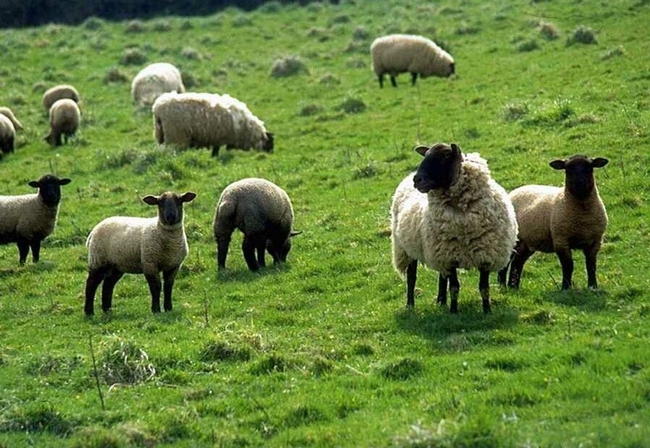- Author: Karen Giovannini
Rangelands are important for many different reasons, there is a vast variety of products produced from the production of rangelands. Not only are rangelands used for production, but they are also used as a great outdoor recreation service for society.

In addition not only do mountainous rangelands provide the means for me to be able to snowboard and in turn create feelings of excitement and adrenaline, but I also generate feelings of appreciation, relaxation, and exuberance due to the appreciation I feel when I get to admire the true beauty of mountainous rangelands. In addition the different topography of mountain rangelands creates different types of mountain slopes which very in steepness and length, the different variations of mountain slopes are what snowboarders use to challenge themselves.
In conclusion the amazing challenging sport of snowboarding would not be possible without mountainous rangelands!
This blog was written by Sean Ellyson, student at Santa Rosa Junior College in the Range Management class which is taught by Dr Stephanie Larson, Livestock and Range Management Advisor for Sonoma & Marin counties.
- Author: Stephanie Larson
From State Water Resources Control Board, Nonpoint Source (NPS) Pollution Control, GRAP:
Goal: Develop strategies that Regional Water Boards can implement to enhance environmental benefits from grazing, protect beneficial uses of surface and groundwater, and address water quality impacts related to livestock grazing in California.
The Water Boards have formed a work team to develop this project (titled Statewide Grazing Regulatory Action Project or GRAP).
The work team includes active participants from the North Coast, San Francisco Bay, Central Coast, Los Angeles, Central Valley, Colorado River, Santa Ana, and San Diego Regional Water Boards and the Division of Water Quality/State Water Board. Sonoma County is under two Water Boards, the majority being in Region 1, North Coast and southern tip in Region 2, San Francisco Bay.
The overall goals of the GRAP work team are to develop an approach that efficiently addresses water quality impairments associated with grazing operations – an approach that will help to streamline the process of addressing impairments, conserve valuable resources, and give implementing parties the clarity and consistency they deserve. The GRAP team is working to identify how to balance statewide consistency with regional autonomy, and will take into account regional differences in hydrology, grazing practices and other distinguishing factors as it develops recommendations.
Learn more:
- Statewide Grazing Regulatory Action Project Fact Sheet
- Ranching and Related Industries Session – Session 2 agenda, presentation and meeting materials
- Subscribe to updates about GRAP: select "Water Quality", then "Grazing Regulatory Action Project (GRAP)"
- Author: Stephanie Larson
Do you think we can do more to prepare students for careers in natural resources? Dr. Susan Edinger Marshall, a professor at Humboldt State University, is offering 15 one-day passes ($150 value) to attend a symposium titled "Building a Better Capstone" in conjunction with the Annual Meetings of the Society for Range Management in Sacramento February 5, 2015. Educators, agency personnel, private consultants and business owners are encouraged to attend and/or apply for this scholarship.

In the real world, the water quality staff member may not appreciate the financial and operational constraints of a beef cattle producer. Or a rancher may not be prepared to craft an effective public relations campaign. Or data collection should span decades instead of three weeks. Recent graduates will, hopefully, be working in multidisciplinary teams in agencies and consulting firms to solve thorny problems. But are they getting that diverse experience in their capstones?
Faculty members from Humboldt State University, in collaboration with Oklahoma State University, Colorado State University and the University of Wyoming, received funding from USDA to hold this one-day symposium in Sacramento on February 5. The symposium will start with prepared talks from nationally recognized experts in higher education. In the afternoon sessions, World Cafe sessions will spawn multiple conversations about opportunities for improvement in higher education across institutional boundaries, using hybrid on-line and field-based teaching strategies. The end goal of this symposium is to build a team to write a larger $750,000 USDA grant to fund a pilot project - a better capstone.
Please contact Susan Edinger Marshall at sem11@humboldt.edu for an application for the one-day pass or visit the SRM Annual Meeting site for more information about the annual meeting.
This post was provided by Susan Edinger Marshall.
- Author: Stephanie Larson

At the request of CCA, the California Franchise Tax Board (FTB) has taken steps to align California's Tax provisions with those of the federal government, extending the period ranchers have to replace livestock using deferred taxable gains resulting from the sale of livestock due to drought.
Under federal and state law ranchers can defer taxable gains associated with the sale of breeding stock due to drought and in turn use those funds, which should have been otherwise paid to the national and state treasuries, to repurchase breeding stock once the drought ends.
Under § 1033 (e) of the Internal Revenue Code and § 24949.1 of the California Revenue and Taxation Code ranchers typically must use taxable gains previously deferred within four years at the end of a drought to repurchase breeding stock. The Internal Revenue Service (IRS) has the authority to extend the replacement period if a drought continues, however.
An Announcement was issued by the IRS in October to extend the beginning of the four-year replacement period by another year due to continuing drought conditions. Ranchers operating in all 58 California counties are currently eligible for the extension. The recent announcement by the FTB makes it clear that California will follow the timeline set by the IRS to use deferred taxable gains to replace breeding stock.
The IRS determines the drought status of each county assessed using the U.S. Drought monitor that is published weekly by the National Drought Mitigation Center at the University of Nebraska, Lincoln. Ranchers operating in counties and those adjacent that have been declared in extreme, exceptional or severe drought at some point during the tax year are eligible to defer taxable gains. Similarly, the IRS determines a drought has ended for a county when a county has gone a year without being declared in extreme, exceptional or severe drought.
Producers can also exercise the use of § 451 (e) of the Internal Revenue Code which allows ranchers to postpone any gain associated with the sale of livestock due to drought to the next tax year. According to the FTB, § 451 (e) can also be used for your state tax return. Additional criteria must also be met to utilize either § 1033(e) or § 451(e).
If you believe these provisions may help you in reducing your tax liability at the state or federal level, CCA strongly advises you to speak directly with your tax accountant or attorney to determine your specific eligibility. Additional information and eligibility requirements for both drought provisions can be found on the National Cattlemen's Beef Asso fact sheet.

- Author: Karen Giovannini

Stephanie is the Livestock & Range Management Advisor for Sonoma and Marin Counties, where she conducts education and research to integrate dairy and livestock production with rangeland management and helps local producers to improve production and marketing. She is also the Director of the UCCE Sonoma County office. Read her bio here.
Welcome!


